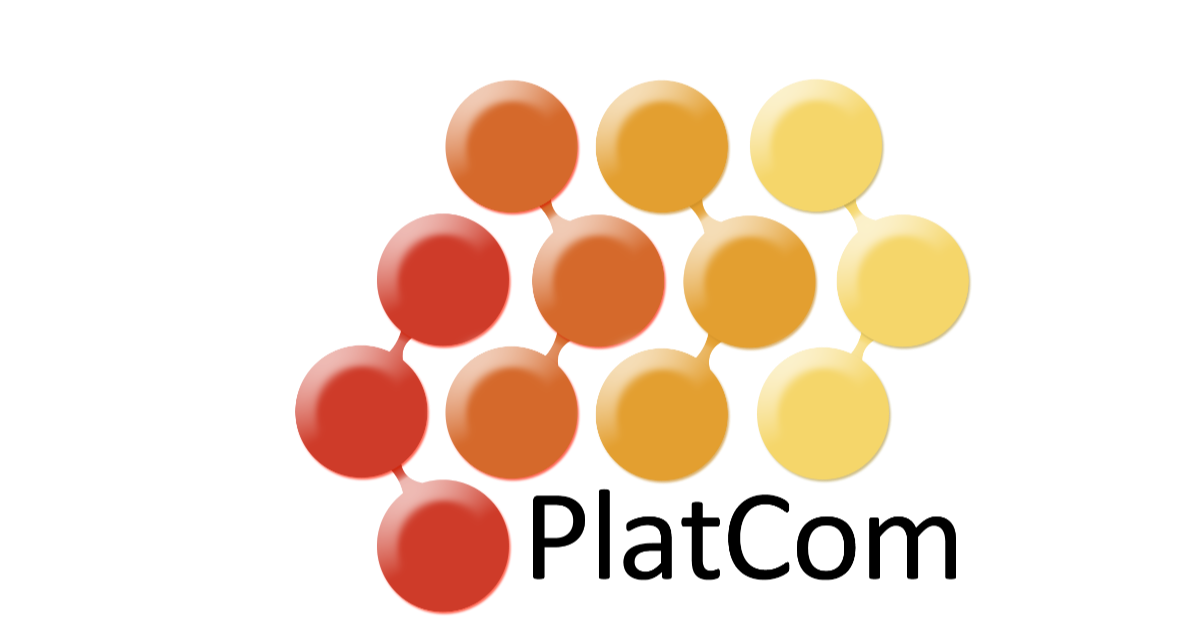Communication Papers publica el Call for Papers del Monográfico 2: Women, Media & Politics
Communication Papers publica el Call for Papers del Monográfico 2: Women, Media & Politics
Publicado Call for Papers del Monográfico 2 de CP titulado: “Women, Media & Politics” dirigido por la Dra. Nuria Fernandez Garcia.
Puede hacer sus aportaciones del 12 de Septiembre al 15 de Noviembre de 2014!
Accede a la revista: www.communicationpapers.es
CALL FOR PAPERS
How are women politicians represented in the media? A significant amount of research suggests that the press covers men and women politicians differently. There is a host of evidence suggesting that women politicians are framed in certain ways that differ from their male counterparts, and that those frames often put them at disadvantage. Women receive lower, less prominent and less substantive coverage than do men. Women’s viability as election contenders is often framed more negatively than men’s. News reports on women leaders tend to focus on personal appearance rather than on policy issues. Media refer to women more informally than men. Women are more likely to have their titles (such as Senator or Representative) dropped in news stories, and they are more often referred to by their first names or as ‘Ms.’ or ‘Mrs.’ than are men. Women politicians are also more likely to be described in terms of the personal traits associated with traditional ‘female’ stereotypes. The press discusses “female” issues more frequently when covering women politicians and reports “male” issues more extensively with men politicians. Media tend to use more highly charged language to report the speech of female politicians, and women are directly quoted less often than her male opponents.
Because the media have become the public sphere in which the identity of the politician is constructed, those gender biases can have electoral consequences. Gender differences in media coverage may influence women’s participation in public life, voters’ evaluations of male and female candidates, candidates’ choice of campaign strategies, and people’s view regarding women’s role in the political arena.
Some research also suggests that the increase in the access of women to political office should arguably result in a normalization of the representation of women politicians in the media coverage. If women and men have comparable access to positions of power, if women access the highest offices, should not this mean the disappearance of existing stereotyping gender roles?
TOPICS
- gender diferences in news coverage of male and female politicians,
- media gender bias in political campaigns,
- comparative studies on gender di!erences in political campaigns,
- deconstructing gender stereotypes in political advertisements of women candidates,
- conventional frames employed by the media about women candidates for office,
- the portrayal of women in power (eg. Prime Ministers, Presidents, Cabinets Members, Members of the Parliament),
- original research about the representation of women politicians in social networking sites,
- the role of the media in shaping an ideal of women in politics,
- media discourse about power from a gender perspective,
- representation of femininities in media political texts,
- the relationship between gender, sex and heteronormativity in media political texts,
- audience perception of women leadership ability,
- women politicians representation from a post-feminist perspective,
- intersectional approaches to the study of women politicians representation (how it is affected by other structures such as class, race, ethnicity, or sexual orientation).
STANDARS OF SUBMISSION
Only original and unpublished proposals will be considered. Articles must respect the rules of APA style. Each manuscript should be between 7,000 and 8,500 words in main text and 200 words in abstract. All submissions will be blind-refereed. Complete manuscripts should be ready for peer review by November 15th. Publication is due for December 2014. Submission in the web sites the manuscript by the standard template of the journal. Include one separate little page containing title, author/s, affiliation/s and the address, phone, and email of the lead author. Manuscripts can be written in Catalan, Eusquera, Spanish, English, Portuguese, French and Italian.
Please, submit manuscripts to the Communication Papers web site at:http://www.communicationpapers.es/
You can choose the language of the website (English, Spanish or Catalan) on the left vertical menu, in the “idioma” section.
You can download the standard template for articles in:
http://communicationpapers.files.wordpress.com/2013/10/cp_articulos_maq.doc
TIMELINE
Recordamos a los autores interesados en participar del presente número que la revista Commuication Papers publica los textos en sistema pre-print conforme superan el proceso de revisión, hasta el cierre del número en las fechas indicadas a continuación:
- Start of Call for Papers: July 30th, 2014
- End of Call for Papers: November 15th, 2014
- Date of Publication: December 19th, 2014

